SUMMARY
This is AI generated summarization, which may have errors. For context, always refer to the full article.
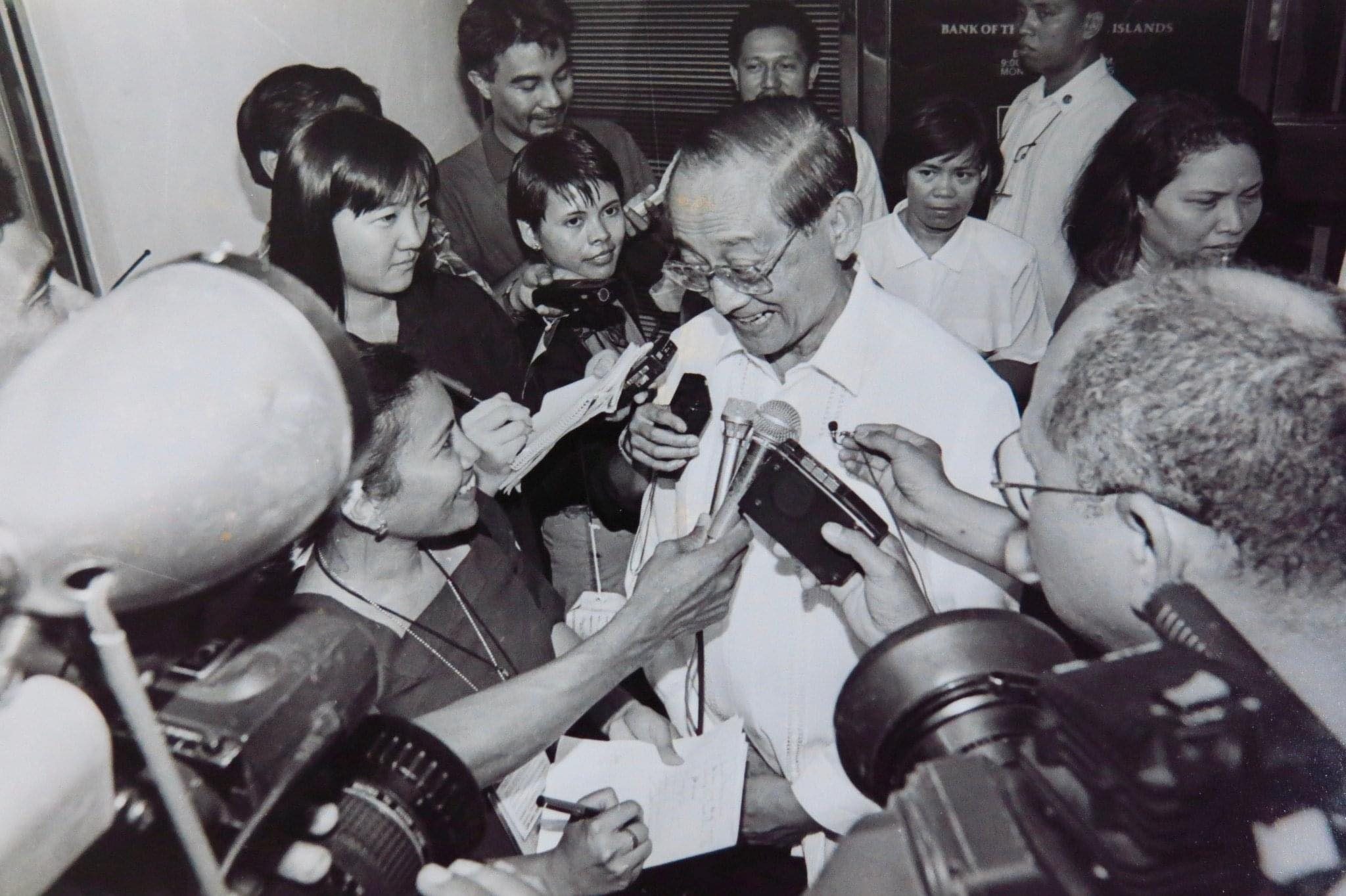
MANILA, Philippines – Once upon a time when Fidel V. Ramos was president, journalists who reported critically on his government were not served subpoenas or issued shutdown orders. They got invited to lunch or coffee instead.
A president who not only understood the role of the press but saw the benefits of an adversarial relationship with the media, is how journalists remember Ramos.
Ramos died on Sunday, July 31. He was 94.
Ramos did not think that journalists, even the peskiest ones, were the enemies. He was in fact the most voracious reader of their work. He would read all the newspapers in the morning and write marginal notes on certain stories before sending them to his officials for a response or clarification. Ramos believed that the way to respond to critical reports was to find out first from government what went wrong.
“As early as 5 am nagfa-fax na ng newspaper clippings sa mga Cabsecs with side instructions/notations (As early as 5 am he was already sending fax of newspaper clippings to Cabinet Secretaries with side instructions/notations),” wrote Malou Talosig Bartolome, now of BusinessMirror.
But when he disagreed with a report, he’d let them know, said Inday Espina Varona, now Rappler’s regional head.
Varona recalled that during her time as editor-in-chief of Philippines Graphic, she received handwritten notes from Ramos which included clippings of their stories with notes and additional materials to boost his arguments. “He just wanted his claims acknowledged, never mind if we added other references that disputed these,” said Varona.
“He liked to invite me for coffee – not over disagreements; more like inside stories of news headlines. The only problem with FVR was, that he would chat for hours but only allow the use of very few quotes… the combination of razor sharp mind and laid back manner made for really interesting times,” said Varona.
Glenda M. Gloria, Rappler’s executive editor who covered Ramos as defense chief and presidential candidate in 1992, said Ramos learned how to deal with the media when he started setting his sights on the presidency. He was once “a stiff general who would walk out of his own press conferences in the Department of National Defense because he was annoyed by questions.”
When he became president, Ramos was playful with the press. He knew them by their first names and took them in his travels – sometimes chatting with them during flights.
Juliet Javellana, associate publisher of Philippine Daily Inquirer, called it Steady Eddie’s “romancing the media.” Ramos earned the moniker for his cool demeanor in crisis periods.
“Reporters rarely needed FVR’S press secretary or spokesperson as sources of news. They got it from the horse’s mouth. FVR was the one President who held weekly press conferences. He adlibbed in his speeches and allowed ambush interviews, which is why reporters followed him even on backbreaking trips,” Javellana wrote in the Inquirer in December 2010 to commemorate the Inquirer’s 25-year anniversary.
‘A psy-ops expert’
Talosig and Gloria recalled how Ramos would display his knowledge of journalists and their stories. Talosig quipped it was good intel. Gloria said it was because “Ramos was a psy-ops expert, and knew how to play with a journalist’s ego.”
Javellana recalled a tense press conference when the dailies had just run the Philippine Center for Investigative Journalism (PCIJ) investigative series on Ramos’ alleged affair with socialite Baby Arenas written at the time by Rappler editor-at-large Marites Dañguilan Vitug and Gloria. His press officials appealed to the reporters not to raise the issue, said Javellana, but in the end it was Ramos who addressed it.
“When reporters asked about the one topic that peeved him most, a smiling FVR gave them a pat on the back (the one that hurt a little),” Javellana wrote in the Inquirer.
“But during his term, no reporters were banned from the Palace, sued for libel or threatened with subversion. There were no ad boycotts against critical newspapers,” said Javellana.
In fact, Ramos even invited the entire staff of the PCIJ to Malacañang for lunch.
Howie Severino, now of GMA News but who was then with PCIJ (he is current chairman of the board of editors), recalled that day as having been attended by Ramos’ top advisers.
“We were a bit anxious about this meeting, as we had all survived martial law as journalists or activists when he was one of its enforcers. And we could easily have been seen as a threat to his government,” wrote Severino.
“Yet there were no angry words, no threats, no wining and dining (don’t even remember any refreshments), not even a complaint that I can recall. It was simply a chance for us to ask questions in a private setting at a more leisurely pace than the usual press conference, and an opportunity for him and his men to size up our little band of idealists,” said Severino.
“In the end, there was no compromise on principle, but a renewed mutual respect for each other’s roles. We continued to investigate his government, sometimes resulting in damaging reports (such as the PEA-Amari ‘grandmother of all scams’ that benefited officials in the Ramos government),” Severino added.
Grueling but happy coverage
Vitug said Ramos “made us look outward and dragged us out of our insularity,” recalling how he liked to stress the importance of competing in outside arenas, not just looking abroad, but looking outside Metro Manila and in the provinces.
Ramos loved going around the country, and because of that, journalists got to see much of the Philippines too. “Despite the grueling coverage that shrank our sleeping hours on most days, covering FVR was my happiest time as a journalist,” said Mia Gonzalez, a veteran Palace reporter who covered Ramos to Benigno “Noynoy” Aquino, and is now a senior editor at Rappler.
Gloria, who was part of the PCIJ contingent invited to that “unforgettable Malacañang lunch” said: “Too many takeaways from this man who taught journalists and public servants one indelible thing: If you must do your job, do it well. Or you’ll get it straight from me. And then we move on.”
“Who knows if in a later time, a horde of trolls and haters would have been commanded to swarm us,” said Severino. “But in that simpler pre-internet time, we did our work unfettered, no denunciations from on high, no threats to shut us down. Just a civil adversarial relationship and an understanding that an independent press holding power to account was an essential pillar of any democracy.” – Rappler.com
Add a comment
How does this make you feel?
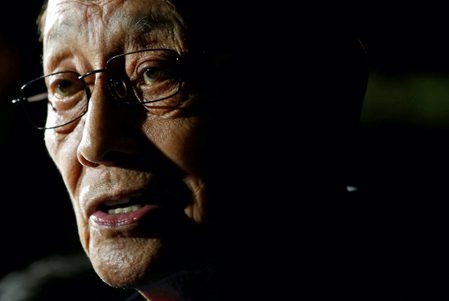
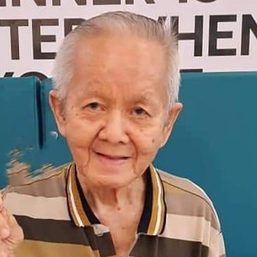
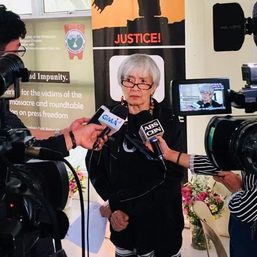
![[EDITORIAL] Filipino journalists to China: Yes, we are trouble](https://www.rappler.com/tachyon/2024/04/animated-wps-march-tension-2024-carousel.jpg?resize=257%2C257&crop_strategy=attention)
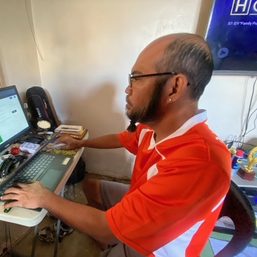


![[Newsstand] The media is not the press](https://www.rappler.com/tachyon/2024/04/tl-media-is-not-the-press-04132024.jpg?resize=257%2C257&crop=281px%2C0px%2C720px%2C720px)

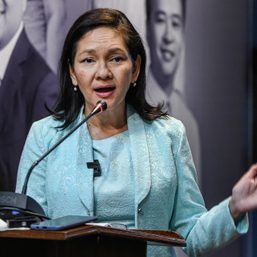


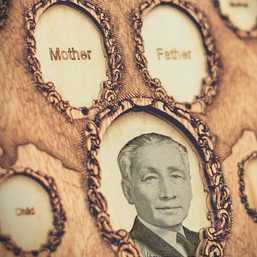
![[EDITORIAL] Marcos, bakit mo kasama ang buong barangay sa Davos?](https://www.rappler.com/tachyon/2023/01/animated-marcos-davos-world-economic-forum-carousel.jpg?resize=257%2C257&crop_strategy=attention)
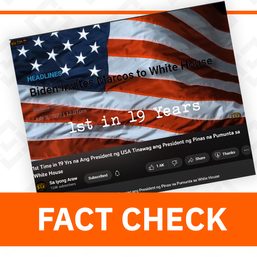
There are no comments yet. Add your comment to start the conversation.